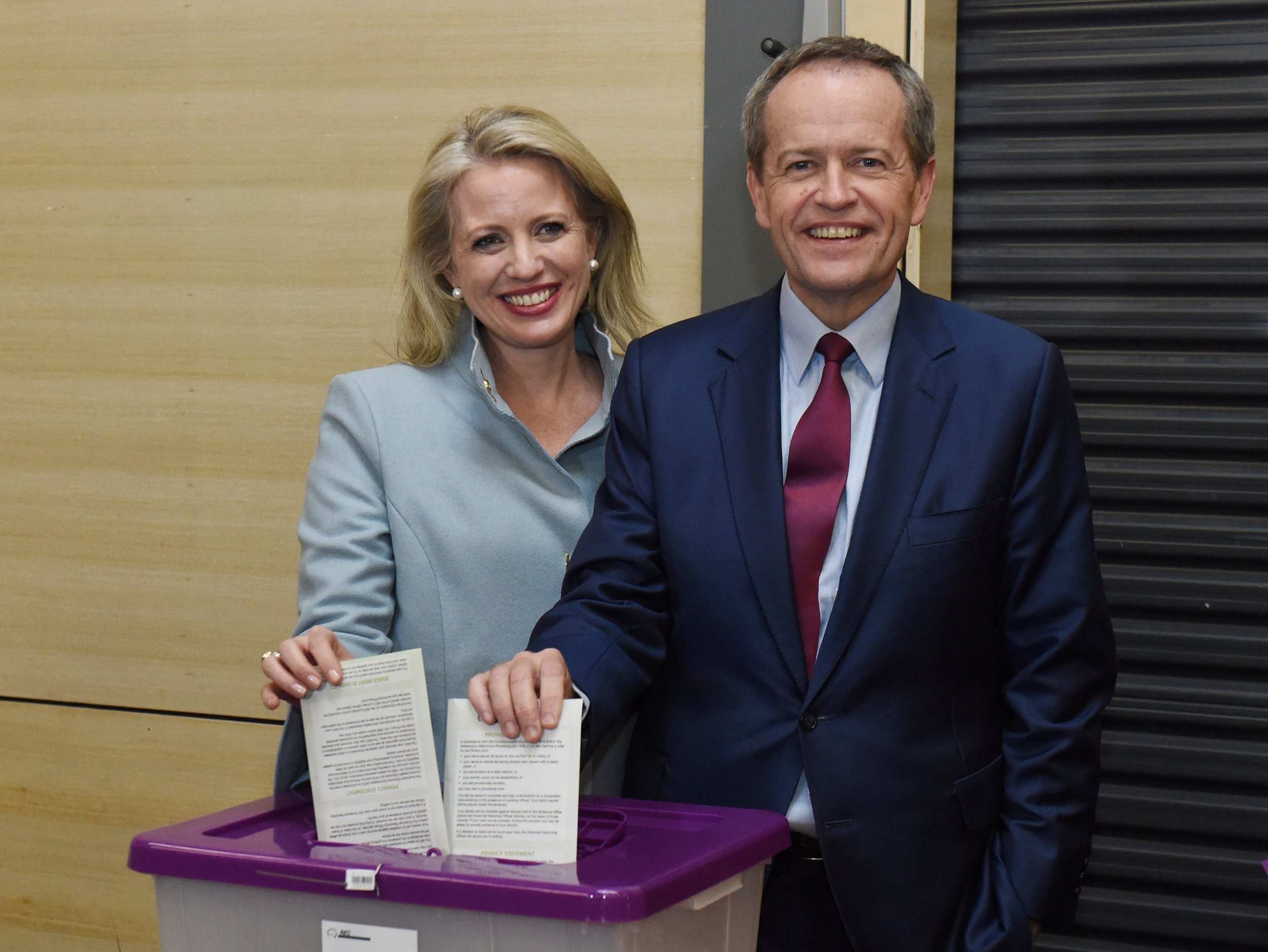Traders’ hopes for June rate cuts have been dashed, but income-seeking investors may find a plum opportunity to scoop up bonds and dividend-paying stocks on the cheap. March consumer prices rose at a faster clip than anticipated, rising 3.5% on an annualized basis and surpassing Wall Street’s expectations. The report set off a bout of selling on Wednesday, with the Dow Jones Industrial Average dropping more than 400 points , as well as a sudden spike in bond yields as the 10-year Treasury topped 4.5%. Traders have also brought their projections for rate cuts back down to Earth: Fed funds futures trading data now suggests a roughly 70% likelihood that the Federal Reserve will ease on policy in September, according to the CME FedWatch Tool . But it’s not all bad news, especially if you’re an investor with a long-term approach. “If you look at it objectively, yields are still attractive for retail investors,” said Michael Carbone, certified financial planner and financial advisor at Eppolito Financial Strategies in Chelmsford, Massachusetts. “I think this gives people another opportunity.” A revamp of fixed income The Fed’s higher-rate environment has made certificates of deposit and money market funds very appealing to investors. Consider that the Crane 100 Money Fund Index has an annualized 7-day current yield of 5.13% as of April 10. The prospect of rate cuts getting pushed out into the future buys investors more time to add duration to their bond portfolios. Duration is a measure of a bond’s price sensitivity to changes in interest rates, and bonds with longer maturities tend to have greater duration. “If you are loaded up on the short end of the curve, it’s still advantageous to extend some maturities,” Carbone said. “You don’t have to go out 30 years, but I would say that it’s smart to extend maturities generally, even five to seven years.” Intermediate-term bonds – that is, those with maturities of four to 10 years – offer investors the best of both worlds, allowing them to mitigate reinvestment risk by locking in longer-term yields. At the same time, these issues aren’t subject to the same sharp swings in prices you’re likely to see with longer-dated bonds as rates fluctuate. “Since the Fed’s next move will be a rate cut later this year, we think it is time for investors to step out in duration to the midpart of the yield curve, specifically the 3-7 year portions,” wrote Gargi Chaudhuri, head of iShares investment strategy, Americas, on Wednesday. She highlighted the iShares 3-7 Treasury Bond ETF (IEI) and the BlackRock Flexible Income ETF (BINC) as investors begin to step out of their cash allocations and diversify their fixed income sleeves. IEI has a 30-day SEC yield of 4.26% and carries an expense ratio of 0.15%. BINC, which is actively managed, has a 30-day SEC yield of 5.6% and a net expense ratio of 0.4%. “It makes sense to lock in some yields with certainty rather than to risk what could happen in the next year or two,” said Collin Martin, fixed income strategist at Schwab Center for Financial Research. “We like investment grade corporate bonds – a great way to lock in yield.” Investors can use ETFs to tackle that space: Vanguard’s Intermediate-Term Corporate Bond ETF (VCIT) has a 30-day SEC yield of 5.33%. There’s also the iShares 5-10 Year Investment Grade Corporate Bond ETF (IGIB) , offering a 30-day SEC yield of 5.4%. Both funds have an expense ratio of 0.04%. Hunting dividend payers Higher rates have overshadowed opportunities among dividend-paying stocks, which look less attractive to income investors who can find risk-free yields easily. “Dividends are critical in a world of higher interest rates and higher inflation because the only way you can keep up with the higher cost of living is if your cash flows are growing in excess of that,” said Michael Clarfeld, portfolio manager at ClearBridge, on CNBC’s ” Power Lunch ” Wednesday. “You can find high quality dividend growers that are growing dividends, 8, 9, 10% a year and that’s well ahead of inflation.” He highlighted consumer staples, utilities and energy as having the best opportunities for individuals seeking dividend payers.
This website uses cookies so that we can provide you with the best user experience possible. Cookie information is stored in your browser and performs functions such as recognising you when you return to our website and helping our team to understand which sections of the website you find most interesting and useful.




















Discussion about this post